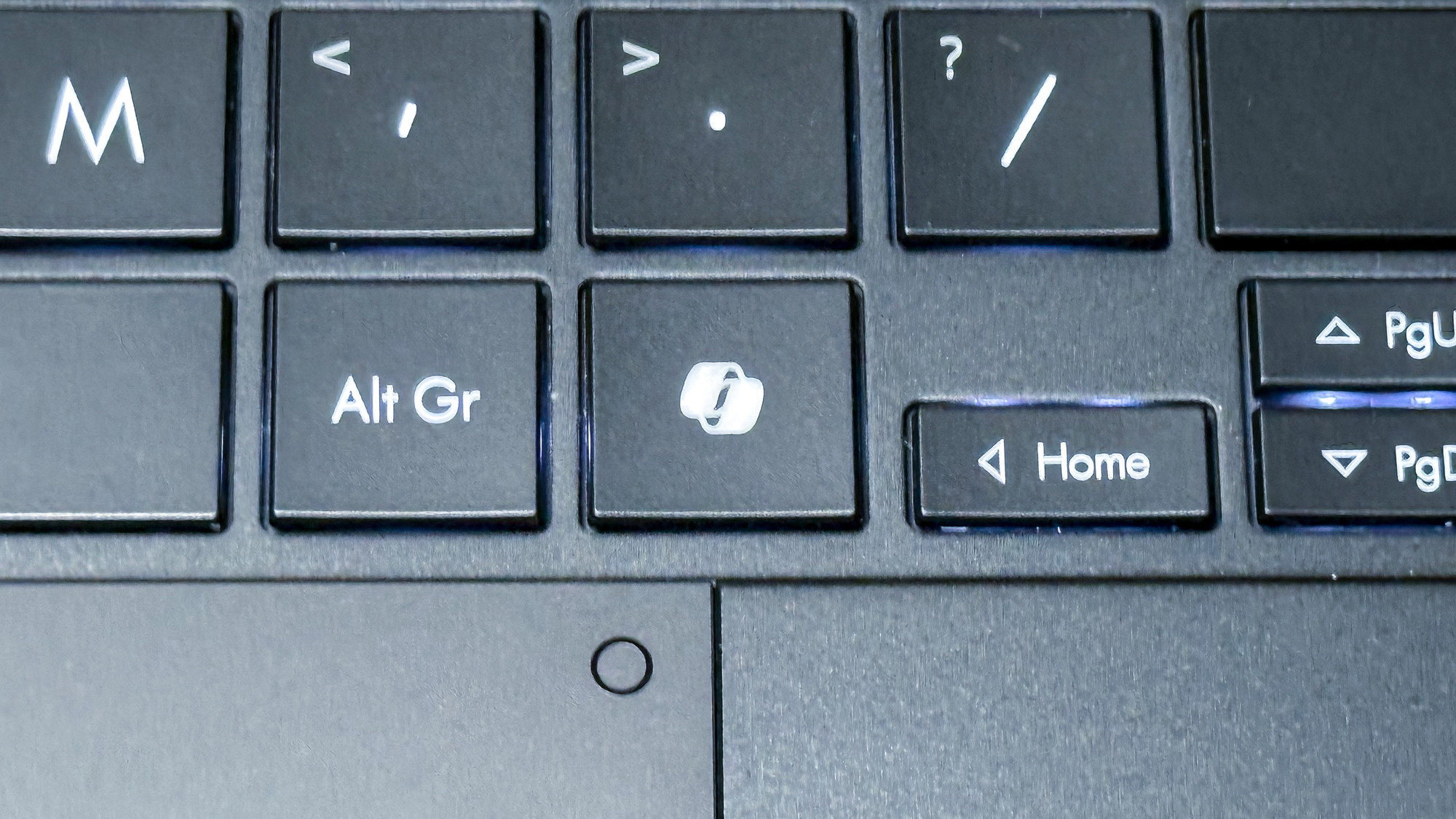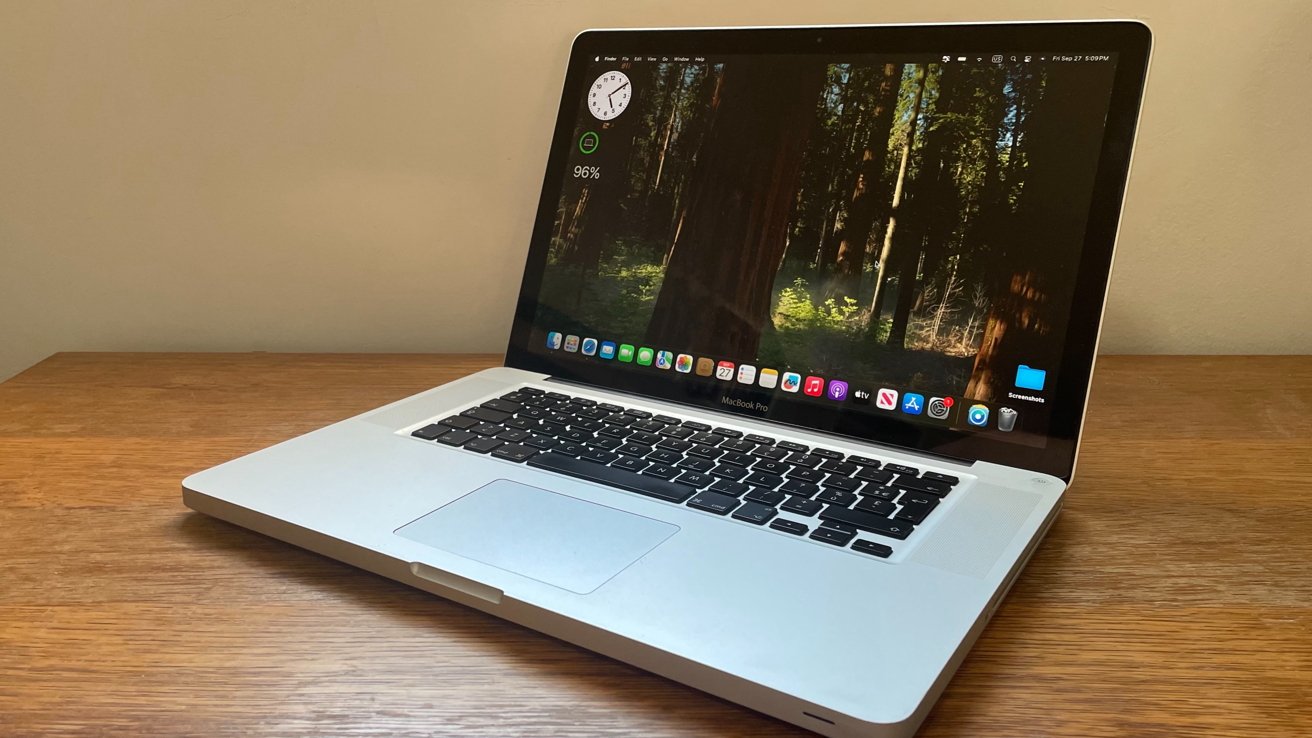
Lately, there’s been renewed interest in the idea that dark matter might be microscopic, primordial black holes from shortly after the Big Bang. Unlike black holes that form from dying stars, these primordial black holes came from dense gas clumps in the early universe and spread out as the universe grew and cooled. These primordial black holes would have collapsed enormous mass into a tiny space.
Most of these primordial black holes could be as small as a single atom and as heavy as the largest asteroids. It would be conceivable, then, that such tiny giants could exert a gravitational force that could explain at least a portion of dark matter. For the MIT team, this possibility raised an initially frivolous question.

In a new study, MIT physicists suggest that if most dark matter consists of tiny primordial black holes, as first proposed in the 1970s, these black holes should pass through our solar system about once every ten years. According to the researchers, such a flyby would cause a slight wobble in Mars’ orbit, which current technology could measure. Detecting this wobble would support the idea that primordial black holes are a significant source of dark matter in the universe .
Primordial black holes account for all dark matter in the Universe Study author David Kaiser, professor of physics and the Germeshausen Professor of the History of Science at MIT, said, “Given decades of precision telemetry, scientists know the distance between Earth and Mars to an accuracy of about 10 centimeters. We’re taking advantage of this highly instrumented space region to look for a small effect. If we see it, that would count as a real reason to keep pursuing this delightful idea that all dark matter consists of black holes that were spawned less than a second after the Big Bang and have been streaming around the universe for 14 billion years.
” Lead author Tung Tran ’24, a Stanford University graduate student, said, “I think someone asked me what would happen if a primordial black hole passed through a human body.” Tung calculated and found that if a primordial black hole came within 1 meter of a person, it would push them about 6 meters (20 feet) away in just one second. However, he also discovered that the chance of a primordial black hole passing close to a person on Earth is extremely small.
Intriguing by Tung’s calculations, the researchers extended their work to estimate how a black hole passing by could impact much larger objects like the Earth and the moon. Tung says, “We extrapolated to see what would happen if a black hole flew by Earth and caused the moon to wobble by a little bit. The numbers we got were not very clear.
There are many other dynamics in the solar system that could act as some sort of friction to cause the wobble to dampen out.” To better understand the effects, the team created a simpler simulation of the solar system, including the orbits and gravitational interactions of the planets and some large moons. While advanced simulations consider over a million objects, their model with just two dozen showed noticeable effects worth exploring.
They calculated how often a primordial black hole might pass through the solar system, using estimates of dark matter in space and assuming the black holes are as massive as the largest asteroids, which aligns with other astrophysical data. Co-author Sarah Geller said, “Primordial black holes do not live in the solar system. Rather, they’re streaming through the universe, doing their own thing.
And the probability is, they’re going through the inner solar system at some angle once every ten years.” Using the calculated rate, the researchers simulated asteroid-mass black holes passing through the solar system at speeds of about 150 miles per second. They focused on flybys that could have noticeable effects on nearby objects.
While the effects on Earth and the moon were too uncertain, Mars showed more promise. They found that if a primordial black hole came within a few hundred million miles of Mars, it could cause a slight “wobble” in Mars’ orbit. Over a few years, this wobble would amount to about a meter, which is very small compared to Mars’ distance from Earth.
However, these tiny size instruments monitor Mars. Kaiser noted, “We need as much clarity as we can of the expected backgrounds, such as the typical speeds and distributions of boring space rocks, versus these primordial black holes. Luckily for us, astronomers have been tracking ordinary space rocks for decades as they have flown through our solar system, so we could calculate typical properties of their trajectories and begin to compare them with the very different types of paths and speeds that primordial black holes should follow.
” To advance their research, the team is considering collaboration with experts who can simulate many more objects in the solar system. “We’re aiming to simulate numerous objects—planets, moons, and rocks—and their movements over long periods,” says Geller. “We want to test scenarios of close encounters with higher precision.
” Matt Caplan, an associate professor of physics at Illinois State University, who was not involved in the study, comments , “This is an intriguing test. It could reveal if a nearby black hole is closer than we think. However, finding a clear signal also depends on the black hole’s exact path through the solar system.
Now that they’ve used simulations, they need to analyze real data.” Journal Reference:.













